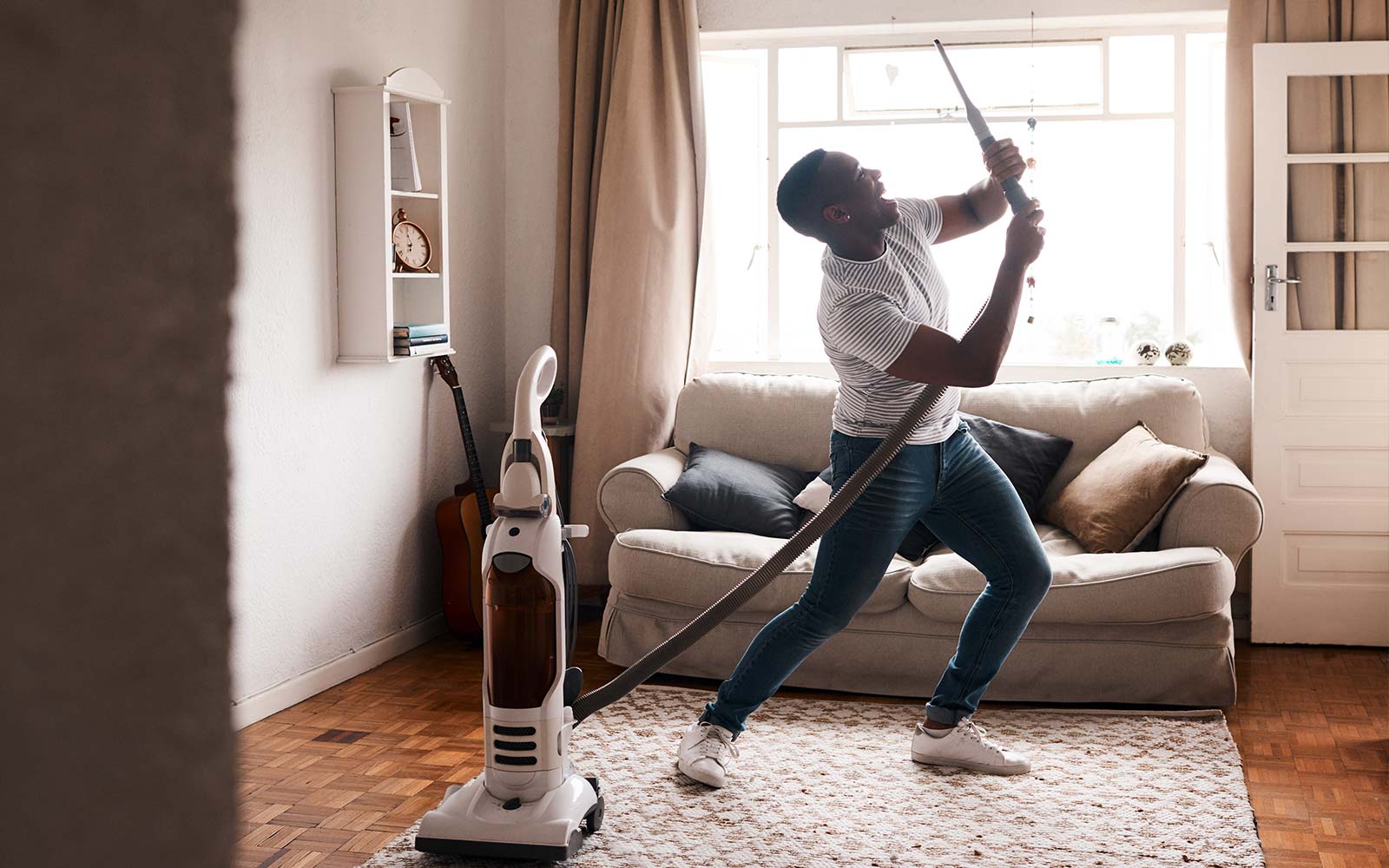A question that we are seeing frequently since the start of the Covid-19 crisis is whether or not someone without a partner can and/or should take lessons to learn the partner dances. It’s a reasonable question. The answer is a resounding yes, and here’s why.
Partner dancing consists of two people moving together in sync to music. My teaching mentor, Andy Wong of Grand Ballroom fame, used to talk about the impact it might make on someone to see ballroom dancing for the first time. Two bodies, moving in beautiful harmony to music that is playing. They might wonder how that is possible. Who is directing it? How does one body know what the other wants? How do they know which direction to go, or how fast, or when to change direction? How do they know when to speed up or slow down? It might look like complete magic to someone seeing this for the first time!
In order to accomplish this, both partners need to know some basics of dancing. Each person needs to know how to hold their posture and frame. They each need to know the step patterns. Which foot do you use, and when. Do you move with the heel or the toe? When do you turn? How much do you turn? Questions like these are not really based on what the partner is doing, because both parties need to know enough about these things to be able to move with someone else.
In that sense, each person is learning the basic elements entirely for their own understanding of movement. In fact, I like to tell my female partners that following is not a passive action. Instead, as the follow, they need to be completely independent and dancing for themselves. All the lead does is initiate direction and flow of movement. An active follow who is dancing for herself is a joy to dance with, as she moves fluidly and has an awareness of her own role in the partnership.
This means that both partners need to learn the basics on their own terms. This process doesn’t actually require a partnership. It can even be argued that when two people are learning these basic aspects of dance that dancing together can be more challenging than learning individually first, because one partner can interfere with what the other is trying to do. If one partner is using the wrong foot, or turning the wrong way, or is out of balance, the other partner is influenced. This can result in confusion, frustration and challenges in the learning process.
This means that both partners need to learn the basics on their own terms. This process doesn’t actually require a partnership.
When I became a dance professional, I had to learn the lady’s steps and spent a great deal of time focused on what the lady had to do for every figure in every dance. There were not many group classes where gentlemen were willing to have me dance as their partner, so I spent most of this time learning the lady’s steps on my own. It was valuable time. During my professional examinations, I was marked higher in the practical portion on the lady’s steps than I was on the man’s! By learning the step patterns entirely on my own, I was really able to focus on the details, rather than being distracted by what a partner might be doing.
So the answer to the question is “yes, you not only can learn to partner dance without a partner, but you might learn even better!”
Of course, what you can’t learn by yourself is how it feels to dance with a partner. Things like how it feels to lead your partner, or to be led. When to initiate the lead, or when and how to respond to make the movement smooth for both parties. These aspects of partner dancing are important, but they will come long after you’ve learned the basic foundations. Once you know the different figures, how to hold your posture and your frame, how to move from foot to foot and more, you can layer on top of that the aspects of moving with a partner. My view is that you might move more freely and more beautifully if you already know how to move, than if you are trying to learn how to move while also dealing with a partner who is learning at the same time.
If you don’t have a partner, but are yearning to dance, just do it. You’ll discover a marvelous world of active enjoyment as you learn a skill that will last the rest of your life.
As a dancer, you’ll be more free in how you move in any activity, whether locked into your home because of forced isolation or because you have a chance to sweep a random stranger off their feet.














